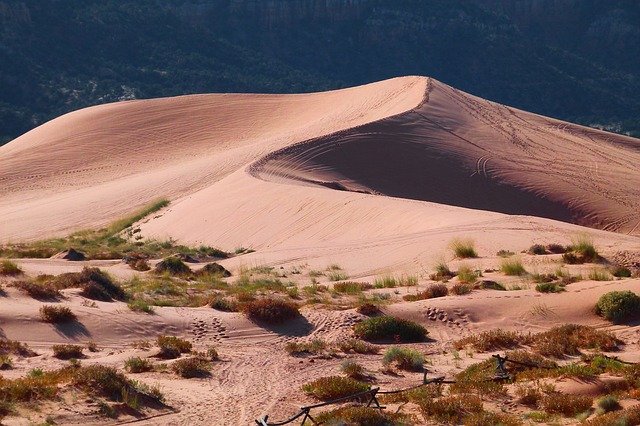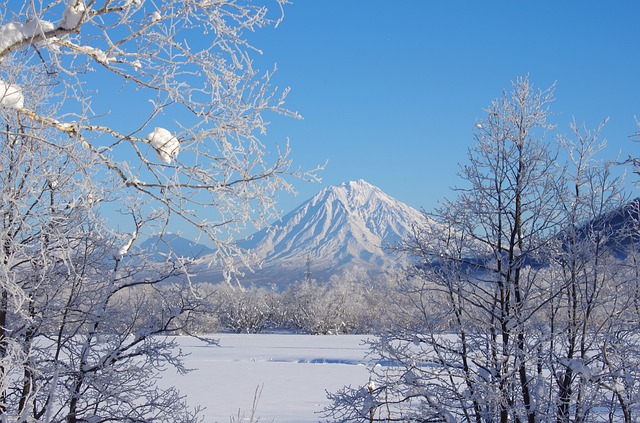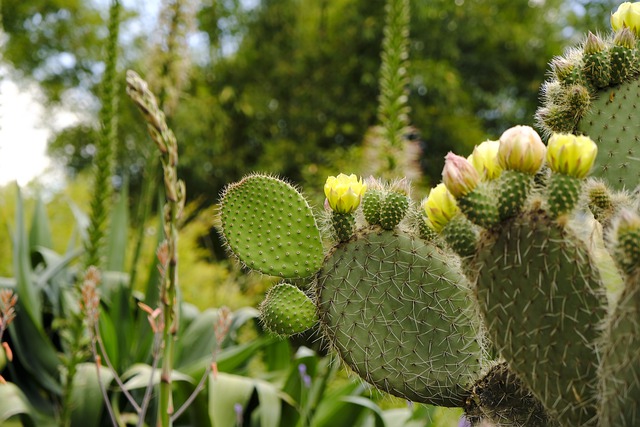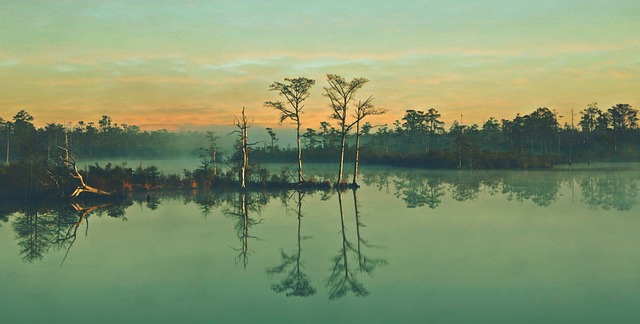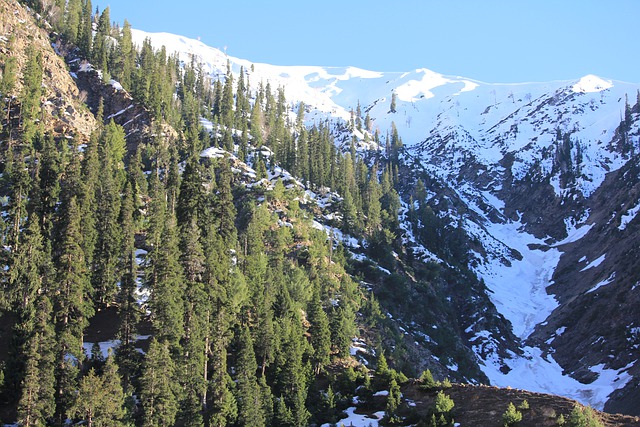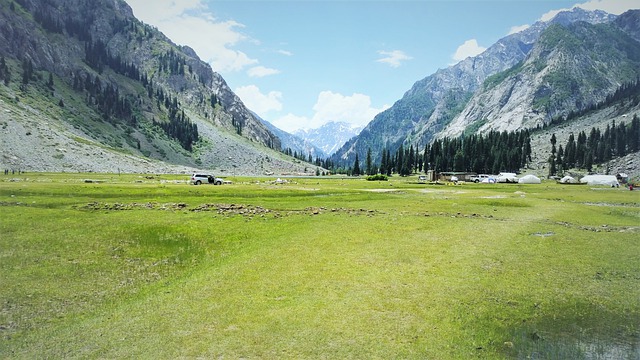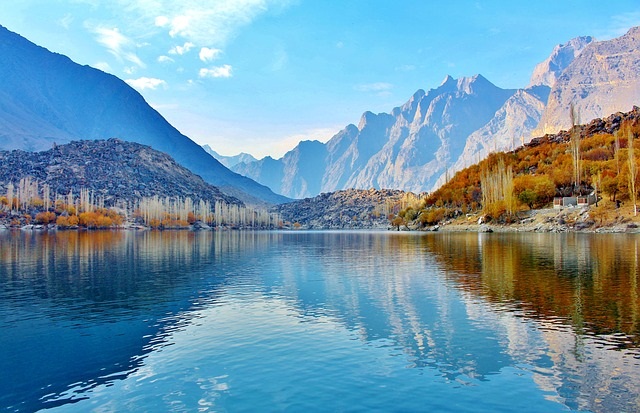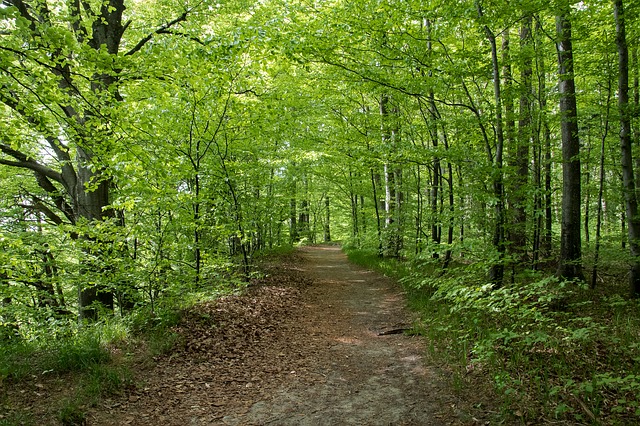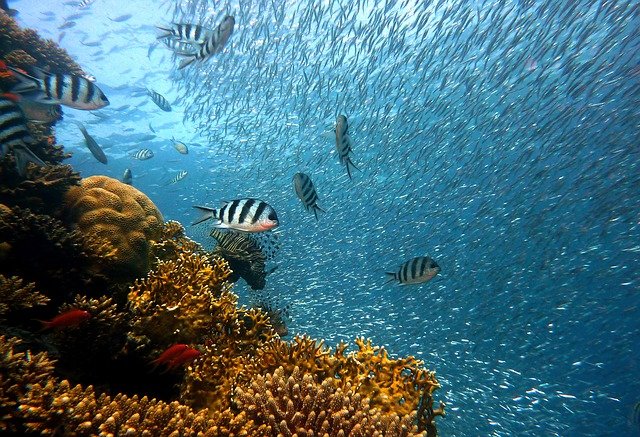INTRODUCTION Desert: It is defined as a barren area that has little to no vegetation and less rainfall. The land surface is continuously exposed to hot dry environmental conditions. Desert Ecosystem: It is an ecosystem with dry environments. The species of plants and animals are well adapted to the ecosystem. The desert ecosystem includes hot […]
Tundra and Alpine Ecosystem of Pakistan – Climatic Biome
INTRODUCTION Tundra and Alpine: This biome includes extremely cold regions (usually covered in snow) that are present around the world without long woody trees due to high elevation. Tundra and Alpine Ecosystem: This ecosystem is usually found in the northern hemisphere. The biome receives scant rainfall. As the altitude increases the forest cover decreases. Characteristics […]
Tropical Thorn Forest Ecosystem of Pakistan – Climatic Biome
INTRODUCTION Tropical Thorn Forest: This forest primarily consists of plant species that are open, low and xerophytic. The vegetation of tropical thorn forests doesn’t include grasses. Tropical Thorn Forest Ecosystem: This forest ecosystem is predominated by thorny leguminous plant species. The arid regions receive less rainfall and this ecosystem can survive in water-scarce regions. Characteristics […]
Littoral and Swamp Forest Ecosystem of Pakistan – Climatic Biome
INTRODUCTION Littoral Forest: It is known as mangrove forest or tidal forest. This forest grows along marshy coasts and delta regions. Swamp Forest: This forest grows along the intertidal coastline and submerged with seawater. This forest is common near tropical zone. Another name is flooded forest. Littoral and Swamp Forest Ecosystem: This forest ecosystem is […]
Coniferous (Taiga or Boreal) Forest of Pakistan – Climatic Biome
INTRODUCTION Coniferous (Taiga or Boreal) Forest: It is defined as evergreen scale-leaved, cone-bearing, needle-leaved trees. It is present in locations where winters are longer. It receives precipitation in the form of snow. Coniferous (Taiga or Boreal) Forest Biome: Boreal biome usually consists of coniferous forests that include spruce, pine, and larches. Characteristics of Coniferous (Taiga […]
Grassland and Shrubland Ecosystem of Pakistan – Climatic Biome
INTRODUCTION Grasslands: It is defined as open lands that are continuously covered with broadleaf herbs, little woody vegetation, sedges, and grasses. Taller and woody vegetation is absent. Shrublands: It is defined as areas that are covered with dense but low height shrub vegetation like sedges, willow, dogwood, or tall grasses. Grassland and Shrubland Biome: This […]
Freshwater Ecosystem of Pakistan – Climatic Biome
INTRODUCTION Freshwater Biome: It is defined as freshwater regions having water bodies with minimum salt concentration. It is different from the marine biome as freshwater is free of salt. The presence of salt concentration pollutes the freshwater biome. Read: Pakistani Local Fishes and their Health Benefits Characteristics of Freshwater Biome: It is characterized by two […]
Temperate Deciduous / Mixed forests of Pakistan – Climatic Biome
INTRODUCTION Temperate Deciduous / Mixed Forest: It is a biome that consists of deciduous tree species. These are broad-leaf forests with trees that drop their leaves in the autumn. Mixed Forest: It is a vegetation transition between dominant tree species of broad-leaved deciduous forest and coniferous forest. Temperate Deciduous and Mixed Forest Biome: It is […]
Coral Reef Ecosystem of Pakistan- Climatic Biome
INTRODUCTION Coral Reef Biome: It is considered among marine biomes. It is a small biome that holds 25% of marine biodiversity. The coral reefs are usually found in the Persian Gulf, the Red Sea, the Caribbean Sea, the Indian Ocean, the Pacific Ocean, and near the Tropics of Cancer and Capricorn. Characteristics of Coral Reef […]
Antibiotics Found In Wastewater in Twin Cities
Recent Research Publication has reported about the presence of antibiotics in wastewater in the Twin Cities of Pakistan. Five different antibiotics were detected, determined, and analyzed from wastewater samples collected from various sources. The methodology of the study included the High-Performance Liquid Chromatography technique for result evaluation. The contaminated wastewater with various concentrations of antibiotics […]

